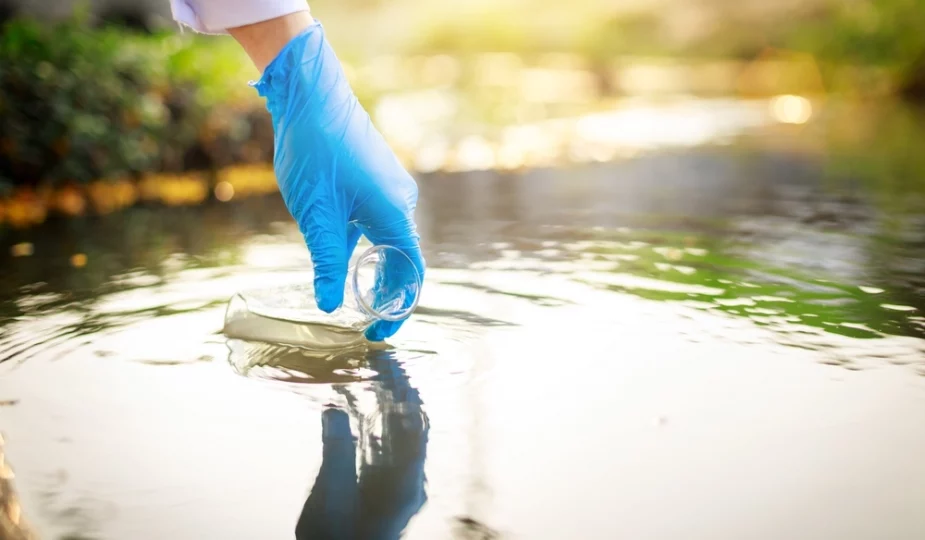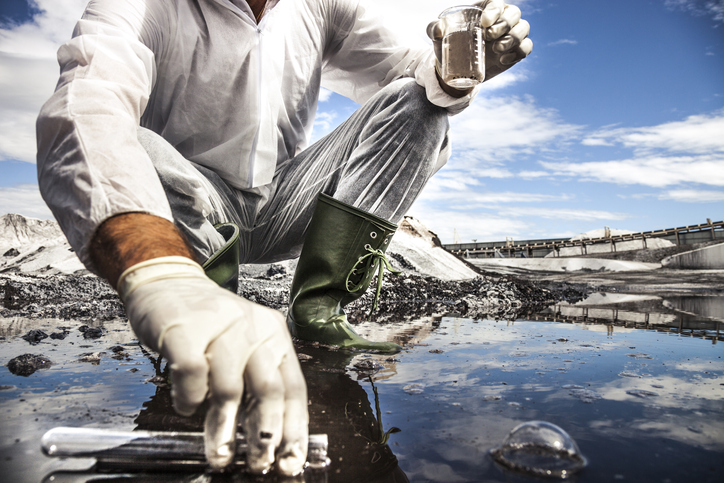
What Diseases Are Associated With Camp Lejeune Water Contamination?
Camp Lejeune, a North Carolina-based Marine Corps Base Camp, is still infamous for its contaminated water that impacted many veterans and their family members between 1953 and 1987.
As a result, over one million people have been exposed to the harmful contaminated water of Camp Lejeune. Even worse, the full impact of exposure to such substances might not be known for many decades to come!
Many marines needed to apply for additional disability benefits once they left the base so that they could cover medical expenses indirectly caused by the contaminated water supply.
They also went through a camp lejeune water contamination lawsuit to receive some form of compensation.
The Chemicals in the Water
Mandatory testing revealed high levels of chemicals in the water supply at Camp Lejeune in the early 1980s. The overall results highlighted four volatile organic compounds (VOCs) that were found to be present in the water, including:
Benzene: This compound doesn’t dissolve well in water and typically floats on top. It has no color which means many impacted people may not have realized what they were drinking at the time!
Perchloroethylene (PCE): This chemical is used by businesses to degrease metal or clean fabrics and was found in high concentrations in the wells on the base. Again, it is colorless, so people would not have been able to tell that they were consuming the chemical.
Trichloroethylene (TCE): Another VOC found in the water, TCE is often used by businesses to clean metal. If it comes into contact with the skin, it may often cause lots of skin irritation. But if it was to be ingested, it could create a whole series of health complications!
Vinyl Chloride: People are exposed to this VOC via inhalation. Anyone living on the base may have inhaled a considerable amount of vinyl chloride while at the base, which could prove to be extremely harmful to health!
The Diseases Associated with Camp Lejeune Water Contamination
Multiple types of cancer have been associated with Camp Lejeune water contamination. We will discuss these below.
Birth Abnormalities
Increased exposure to VOCs increased the overall risk of birth complications developing in infants. Over 12,500 children were born at the military base between 1968 and 1985, and there are reports that there were 106 cases of childhood cancers and birth abnormalities.
Some were considered too small for their gestational age, and others has a low birth weight. These children may have also developed spinal cord, brain, or spine issues because of this exposure to chemicals.

Different Types of Cancer
Many investigations uncovered a connection between contaminated water and different types of cancer. Because of this contamination, everyone living at the base was at higher risk of:
- Kidney cancer
- Breast cancer
- Lung cancer
- Bladder cancer
- Leukemia
Many people were also found to have developed cancer-filled plasma cells and then went on to develop multiple myeloma as a result.
Neurobehavioral Impacts
This water contamination has also led to many severe neurobehavioral effects for those who lived on-site. Someone may have experienced difficulty with simple things like coordination and balance, or they may have developed more severe motor function problems.
As a result of these neurological impairments, the individuals suffering may have struggled to perform in school or the workplace. This is because it may have negatively impacted the concentration and memory abilities of many people.
Unlike tests to determine a physical disease or ailment, neurobehavioral issues are much harder to pin down. Especially if tests are not being done. This means it may have been more difficult to connect the problems to the chemical compounds.
Non-Cancerous Diseases
Veterans and their family members who were left to struggle after living in Camp Lejeune might have also suffered from a variety of other diseases. This includes (but is not limited to) the following:
- Fatty liver disease: caused by a build-up of fat in the liver.
- Renal toxicity: occurs when your body is exposed to a toxin or a drug that ends up causing significant damage to the kidneys.
- Parkinson’s disease: which might impact a person’s ability to complete tasks on a day-to-day basis.
- Lou Gehrig’s disease: a progressive disease that affects the nervous system, specifically the spinal cord and the brain. This causes a loss of muscle control.
Summary
These are the diseases that are most commonly associated with water contamination at Camp Lejeune. While there are plenty of other reported health complications that arose due to this sort of exposure, these are some of the most harmful.









